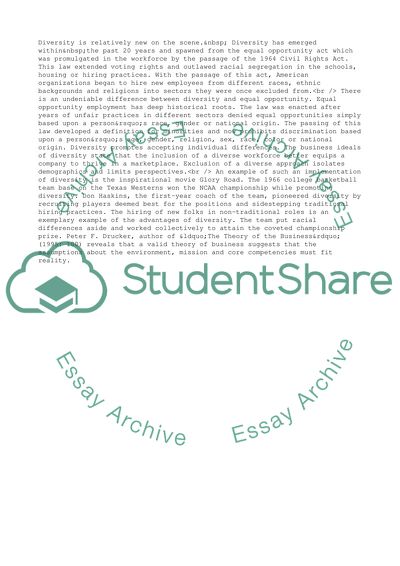Cite this document
(Peculiarities in Managing Diversity Coursework Example | Topics and Well Written Essays - 2000 words, n.d.)
Peculiarities in Managing Diversity Coursework Example | Topics and Well Written Essays - 2000 words. Retrieved from https://studentshare.org/management/1561260-managing-diversity
Peculiarities in Managing Diversity Coursework Example | Topics and Well Written Essays - 2000 words. Retrieved from https://studentshare.org/management/1561260-managing-diversity
(Peculiarities in Managing Diversity Coursework Example | Topics and Well Written Essays - 2000 Words)
Peculiarities in Managing Diversity Coursework Example | Topics and Well Written Essays - 2000 Words. https://studentshare.org/management/1561260-managing-diversity.
Peculiarities in Managing Diversity Coursework Example | Topics and Well Written Essays - 2000 Words. https://studentshare.org/management/1561260-managing-diversity.
“Peculiarities in Managing Diversity Coursework Example | Topics and Well Written Essays - 2000 Words”. https://studentshare.org/management/1561260-managing-diversity.


